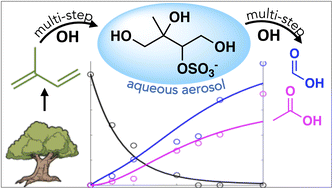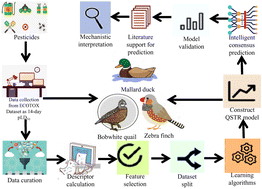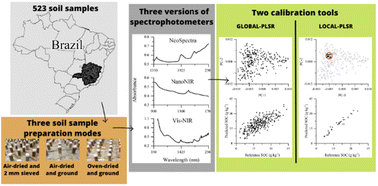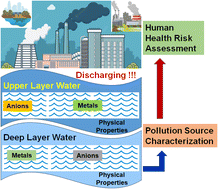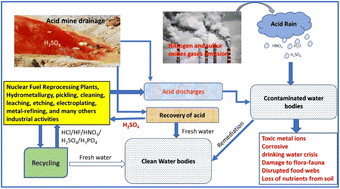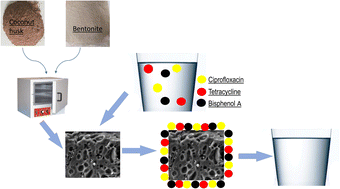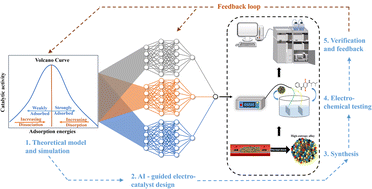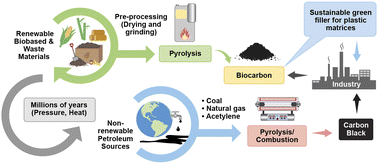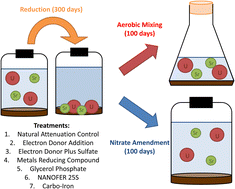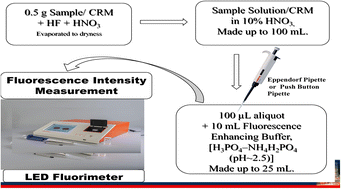Environ. Sci.: Atmos., 2023, Advance Article
DOI: 10.1039/D3EA00076A, Paper
DOI: 10.1039/D3EA00076A, Paper
 Open Access
Open Access This article is licensed under a Creative Commons Attribution-NonCommercial 3.0 Unported Licence.
This article is licensed under a Creative Commons Attribution-NonCommercial 3.0 Unported Licence.Kelvin H. Bates, Daniel J. Jacob, James D. Cope, Xin Chen, Dylan B. Millet, Tran B. Nguyen
Aqueous photochemistry of isoprene derivatives helps reconcile model budgets of organic aerosol mass and gas-phase formic and acetic acids.
To cite this article before page numbers are assigned, use the DOI form of citation above.
The content of this RSS Feed (c) The Royal Society of Chemistry
Aqueous photochemistry of isoprene derivatives helps reconcile model budgets of organic aerosol mass and gas-phase formic and acetic acids.
To cite this article before page numbers are assigned, use the DOI form of citation above.
The content of this RSS Feed (c) The Royal Society of Chemistry

